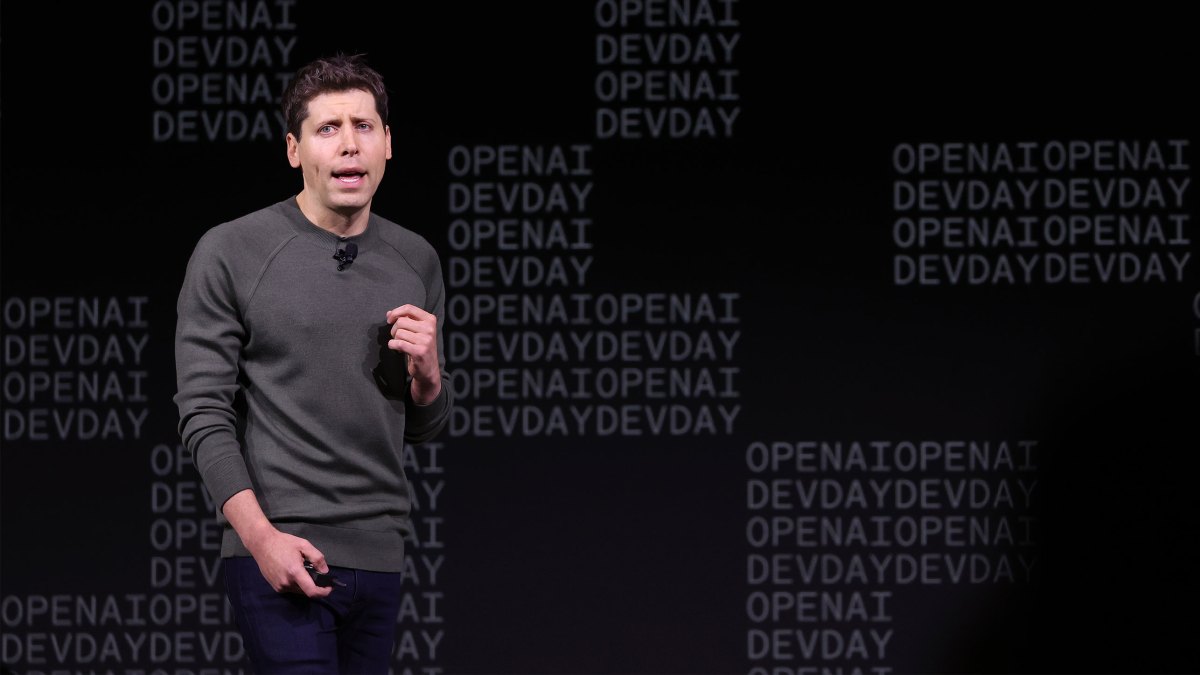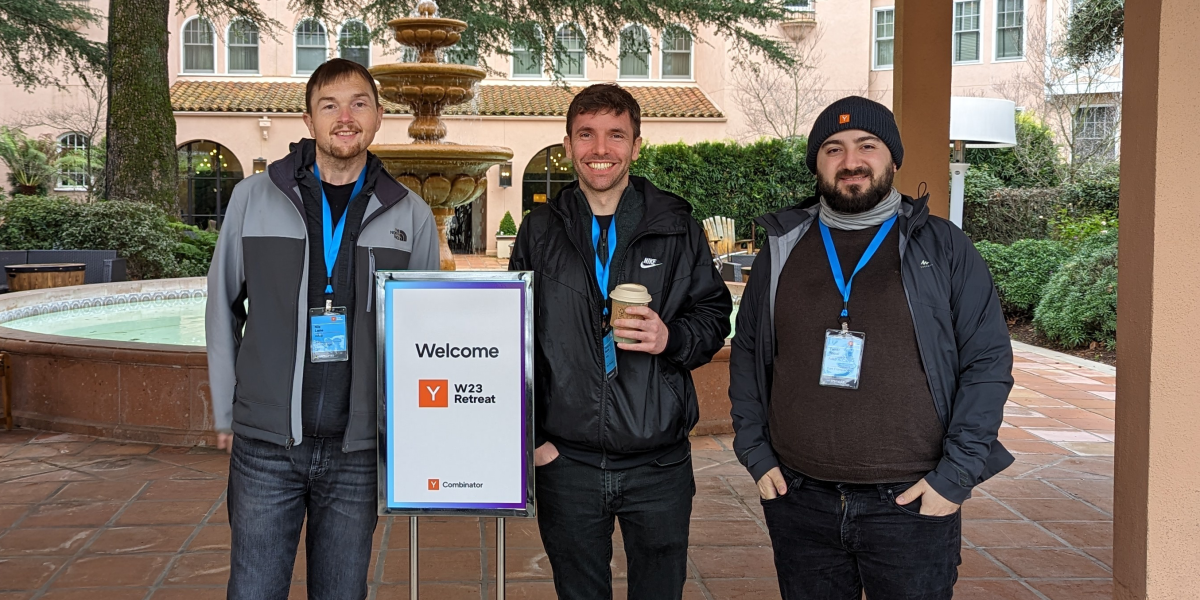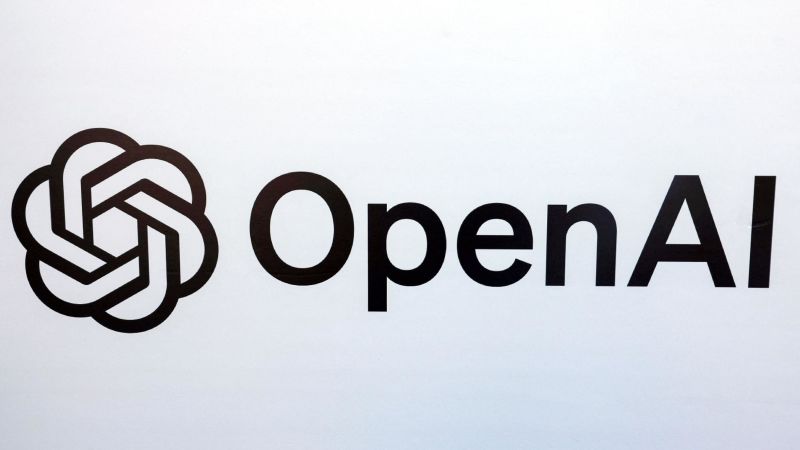OpenAI, like Runway and tech giants such as Google and Meta, is venturing into video generation with the introduction of Sora, a GenAI model designed to create videos based on text inputs. Sora has the capability to produce 1080p movie-like scenes featuring multiple characters, various types of motion, and intricate background details, according to OpenAI.
In addition to generating original video content, Sora can also “extend” existing video clips by filling in missing elements to enhance continuity. OpenAI emphasizes Sora’s proficiency in understanding language, enabling it to interpret prompts accurately and create characters with vivid emotions that resonate with the narrative context.
While OpenAI’s promotional material for Sora may contain some exaggeration, the showcased samples from the model are indeed impressive compared to other text-to-video technologies. Sora stands out for its ability to generate videos in diverse styles, such as photorealistic, animated, or black and white, lasting up to a minute—significantly longer than most existing text-to-video models. Moreover, the generated videos exhibit a reasonable level of coherence, avoiding common pitfalls like unrealistic object movements.
Despite its strengths, some of Sora’s videos featuring humanoid subjects, like robots in urban settings or individuals traversing snowy landscapes, exhibit a somewhat video game-like quality, possibly due to limited background complexity. Instances of “AI weirdness,” such as cars abruptly changing direction or body parts blending into objects, can still be observed in certain clips.
Acknowledging its imperfections, OpenAI admits that Sora may struggle with accurately simulating complex physical scenes or understanding specific cause-and-effect relationships. For instance, a person might interact with an object in a video, but the subsequent frames may lack consistency in detailing the action. OpenAI also highlights potential challenges related to spatial orientation and temporal event descriptions that Sora may encounter.
Positioning Sora as a research preview, OpenAI refrains from widespread distribution due to concerns about potential misuse. The company is actively collaborating with experts to identify and address vulnerabilities in the model, aiming to develop tools for detecting videos generated by Sora. Should OpenAI decide to release Sora as a public product, it pledges to incorporate provenance metadata to ensure transparency and accountability.
OpenAI’s approach involves engaging with policymakers, educators, and artists worldwide to gather feedback, address concerns, and explore positive applications of this innovative technology. Despite extensive research and testing, OpenAI acknowledges the unpredictable nature of technology application and misuse, emphasizing the importance of real-world feedback in refining AI systems for safer deployment in the future.










